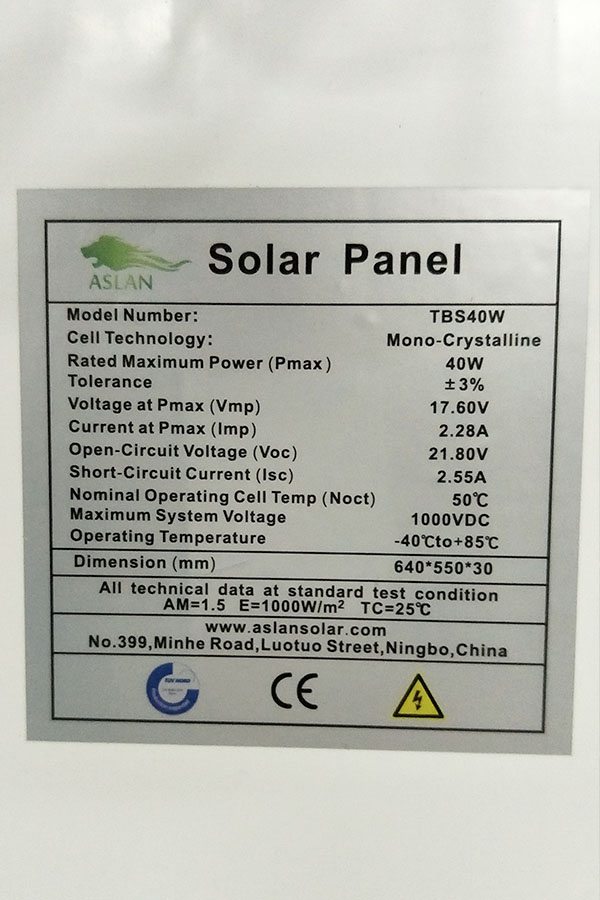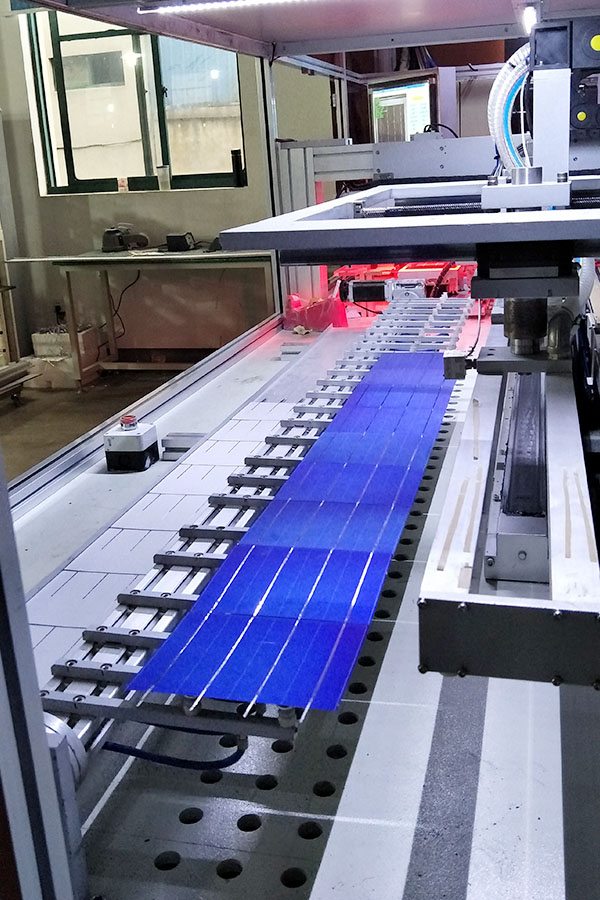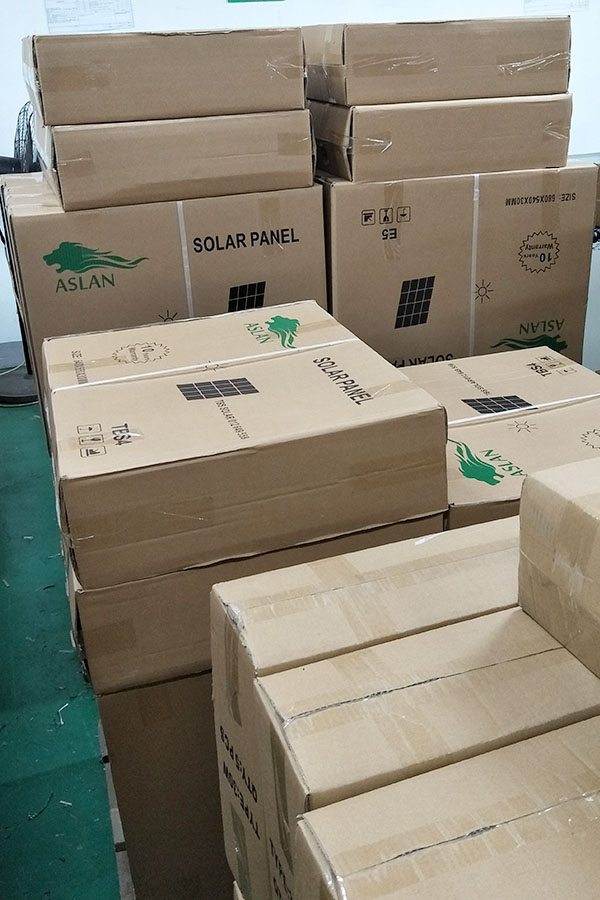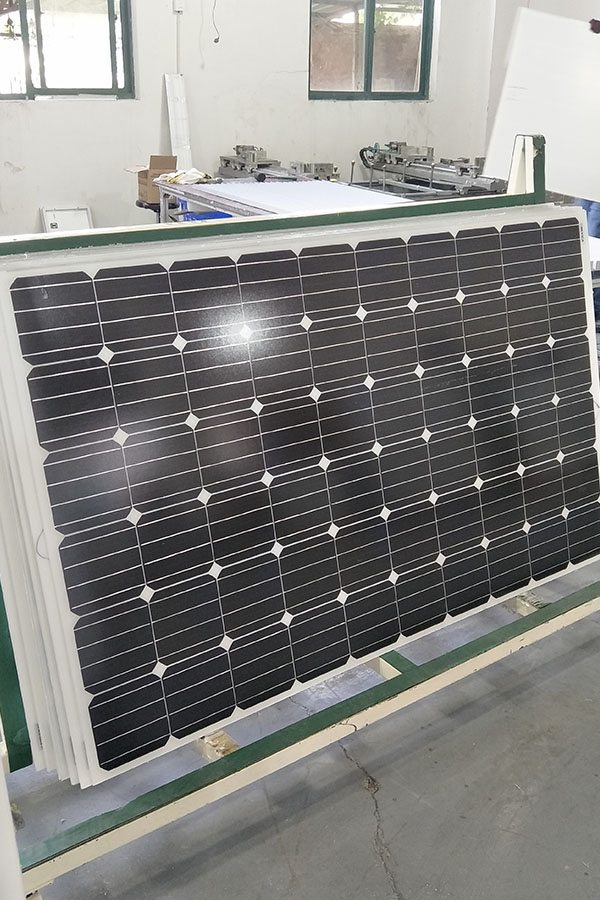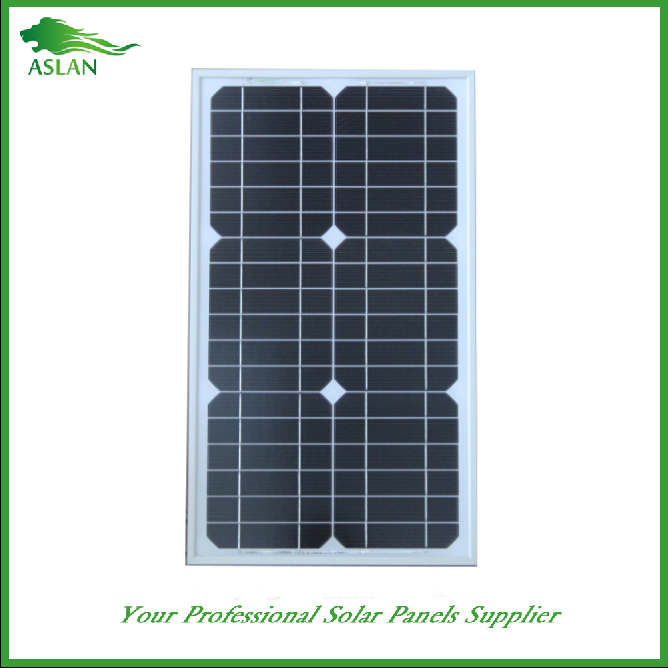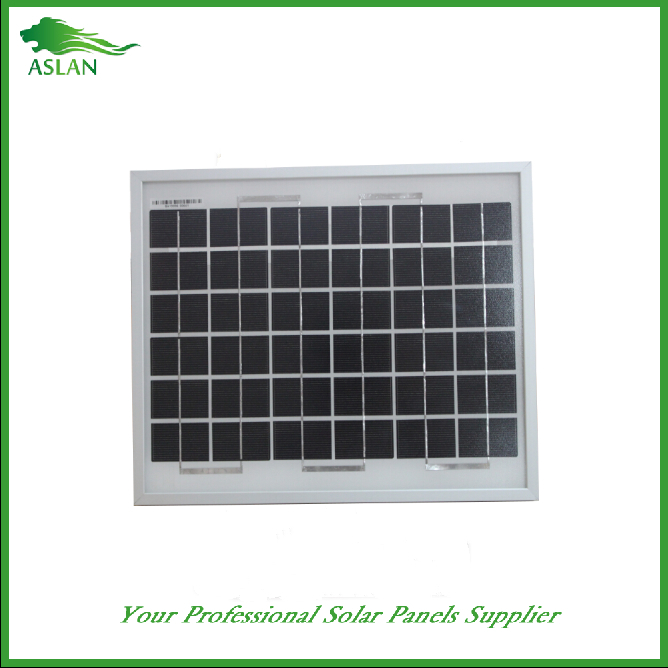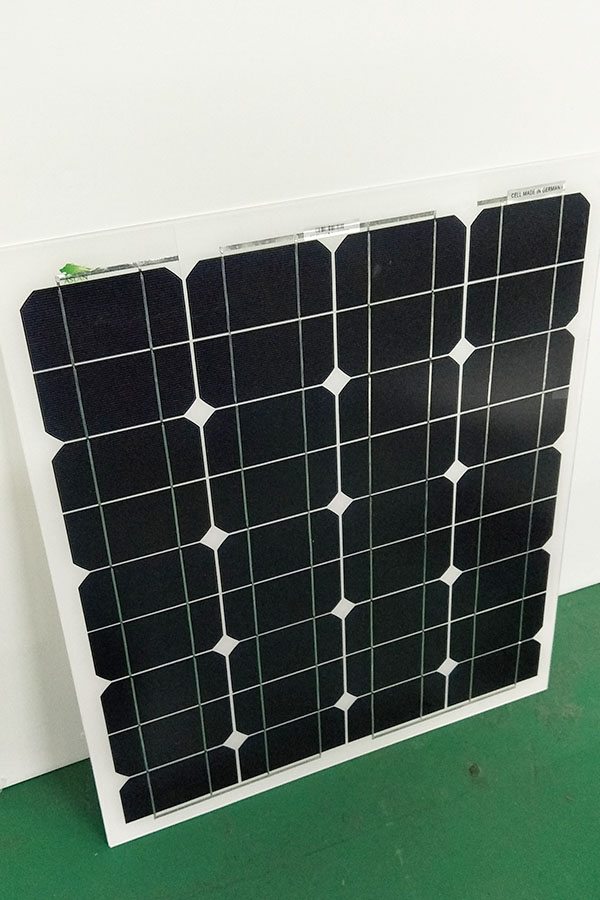professional factory for Poly-crystalline Solar Panel 60W to Colombia Factory
Short Description:
It is our responsibility to meet your needs and efficiently serve you. Your satisfaction is our best reward. We are looking forward to your visit for joint growth for professional factory for Poly-crystalline Solar Panel 60W to Colombia Factory, We stick to providing integration solutions for customers and hope to build long-term, stable, sincere and mutual beneficial relationships with customers. We sincerely look forward to your visit.
Poly-crystalline Solar Panel 60W
Technical parameter
Maximum Power(W) 60W
Optimum Power Voltage(Vmp) 17.35V
Optimum Operating Current(Imp) 3.46A
Open Circuit Voltage(Voc) 21.16V
Short Circuit Current(Isc) 3.80A
Mechanical Characteristics
Cell Type Poly-crystalline 156 x 65mm
No of Cell 36 (4x9pcs)
Dimensions 678x657x35mm
Weight 5.0Kg
Front Glass 3.5mm,High Transmission, Low Iron,Tempered Glass
Junction box IP65 Rated
Output Cable TUV 1×4.0mm2/UL12AWG,Length:900mm
Temperature and Coefficients
Operating Temperature(°C): -40°C ~ + 85°C
Maximum System Voltage: 600V(UL)/1000V(IEC) DC
Maximum Rated Current Series: 15A
Temperature Coefficients of Pmax: -0.47%
Temperature Coefficients of Voc: -0.389%
Temperature Coefficients of Isc: 0.057%
Nominal Operationg Cell Temperature (NOCT): 47+/-2°C
Materials of solar panel
1).Solar Cell——Poly-crystalline solar cell 156*65mm
2).Front Glass——-3.2mm, high transmission, low iron, tempered glass
3).EVA——-excellent anti-aging EVA
4).TPT——-TPT hot seal made of flame resistance
5).Frame——anodized aluminum profile
6).Junction Box——-IP65 rated, high quality, with diode protection
Superiority: high quality anodized aluminum frame, high efficiency long life, easy installation, strong wind resistance, strong hail resistance.
Features
1. High cell efficiency with quality silicon materials for long term output stability
2. Strictly quality control ensure the stability and reliability, totally 23 QC procedures
3. High transmittance low iron tempered glass with enhanced stiffness and impact resistance
4. Both Poly-crystalline and Mono-crystalline
5. Excellent performance in harsh weather
6. Outstanding electrical performance under high temperature and low irradiance
Quality assurance testing
Thermal cycling test
Thermal shock test
Thermal/Freezing and high humidity cycling test
Electrical isolation test
Hail impact test
Mechanical, wind and twist loading test
Salt mist test
Light and water-exposure test
Moist carbon dioxide/sulphur dioxide
Free video about electric, Solar car. This free video was created for you by http://epsos.de and can be used for free under the creative commons license with the attribution of epSos.de as the original author of this electric, Solar car video.
Thank you for supporting the creative commons movement !!
The solar car is a solar vehicle for road transport. Solar cars combine technology typically used in the fields of aerospace, the bike, the alternative energy and automotive. The design of the solar vehicle is particularly limited because the required amount of energy which the car needs. Most solar vehicles are built in order to participate in solar car races. Solar car is a type of solar vehicle that uses solar energy to operate the photovoltaic panel, who are in it, which are filled with batteries or accumulators, which drives an electric motor, and thus the entire car. Solar cars are not yet used to the traffic, but mainly for racing solar cars.
Solar car – solar energy aid vehicle. Solar cars are manufactured by combining cutting-edge technology for the aerospace, bicycle, alternative energy and automotive industries. Solar car design is very limited energy required for the movement of the car. Many solar car to participate in the production of automobile racing, for example., The most prestigious race in the traditional ” Veolia World Solar Challenge. It is also produced in conventional cars powered by solar energy. Solar cars are dependent on solar (photovoltaic systems), which converts solar energy electrical energy. In contrast to solar thermal energy, which is powered through solar energy for domestic electrical appliances and industrial use in the field of solar cell converts sunlight directly to electricity. Photovoltaic systems refer to renewable energy sources.
The solar surface of the car fitted solar modules, without the batteries connected, allowing to drive 400 km without sunlight. In this case, the vehicle operates as an electric car, driven by one or more electric motors. The latter usually consume more energy than the household toaster, reaching about 2-3 hp, moreover, may develop similar to 160 km / h as conventional family cars. Electric cars and their components production requires carbon that nature are at lower risk than oil and its products. In order to limit the use of these components, taken a new concept – the new cars installed solar powered system, for example., Solar energy harvesting skylights.
Solar panels, electric motor, comprising a light superstructure Vehicle solar. Currently, the technology for solar panels, depending on the machine, only limited competition, is developing rapidly. Such cars, airplanes, bicycles, renewable energy and automotive technologies, hybrid composite technology produced. Solar energy collector or solar electric transformers core, silicon, gallium and nitrogen plates are made. The most widely used silicon panels with 15 – 20% of the efficient koefitsyentteigeer convert sunlight to electricity.
Solar panels made up of hundreds of small solar collector parts store and the large plate 2 kilowatt charge. Panels of up to 400km per machine moving amount of the collected charge. Car electric motor 2-3 hp 160km / h and it is fast.
An electric car is an alternative fuel vehicle powered by one or more electric motors. The drive may be provided by wheels or propellers driven by rotary motors, or in some cases not to use other rotary engines, such as linear motors, the motors inertial or magnetic applications as a power source, such as the maglev trains. Unlike a vehicle with an internal combustion engine (called briefly combustion vehicle) that is specifically designed to operate by burning the fuel, an electric vehicle obtains electric traction motors, but the energy may be supplied.
Electric vehicles are characterized by high performance in the transformation of electrical energy into mechanical energy battery with the vehicle (60-85%) will move against the performance of energy conversion in fuel tank mechanical energy that moves a vehicle fuel (15-20%). Future of electric vehicle batteries and This seems to go through the lithium ion battery, which is made increasingly higher charge density and longevity allowing move more powerful engines, but for now the average range of an electric utility is located around 150 km. However, more expensive electric sports have managed to increase the range to 483 km, as the model of 70 kWh Tesla Roadster., In order to know which is the consumption electric vehicle, there are various tools, such as program CEVNE 14 tables or using consumption per 100 km of main electric vehicles coming out and out in a short period of time and consumption of kWh battery per 100 km of each of them and the average.
Thank you for supporting the creative commons movement !!
Awesome life hack.You can charge your mobile using blade.there is three electric cell in series.It produce 4 – 4.5 volt.
—————————————————————————————————-
please comment for more information .
—————————————————————————————————
thank you for watching and subscribe my channel.

